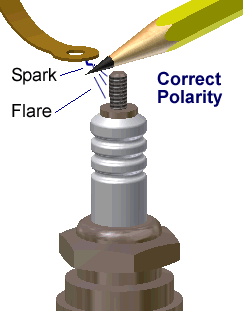I have been looking at upgrading my spark plugs for my XS2 , I know everyone has their preferences.
My ignition system is a Pamco, with a high output coil, new solid core silicone wires, and new NGK resistor plug caps.
Presently I’m running standard NGK BP7ES plugs
I have been looking at NGK Iridiums BPR7IEX,
Really nice plugs, if expensive.
Also, Autolite AP63 , platinum core , very reasonably priced. XS Leo runs these.
Anyone running any other brand of platinum or iridium plugs? Bosch or Nippondenso perhaps?
Got any hot tips on good prices?
My ignition system is a Pamco, with a high output coil, new solid core silicone wires, and new NGK resistor plug caps.
Presently I’m running standard NGK BP7ES plugs
I have been looking at NGK Iridiums BPR7IEX,
Really nice plugs, if expensive.
Also, Autolite AP63 , platinum core , very reasonably priced. XS Leo runs these.
Anyone running any other brand of platinum or iridium plugs? Bosch or Nippondenso perhaps?
Got any hot tips on good prices?



 I have used a BP6ES or two as a band aid on a cylinder using oil... I've removed a lot of different plugs from "used to run" XS650's that arrived here, a few had NO resemblance to the right plugs.
I have used a BP6ES or two as a band aid on a cylinder using oil... I've removed a lot of different plugs from "used to run" XS650's that arrived here, a few had NO resemblance to the right plugs.